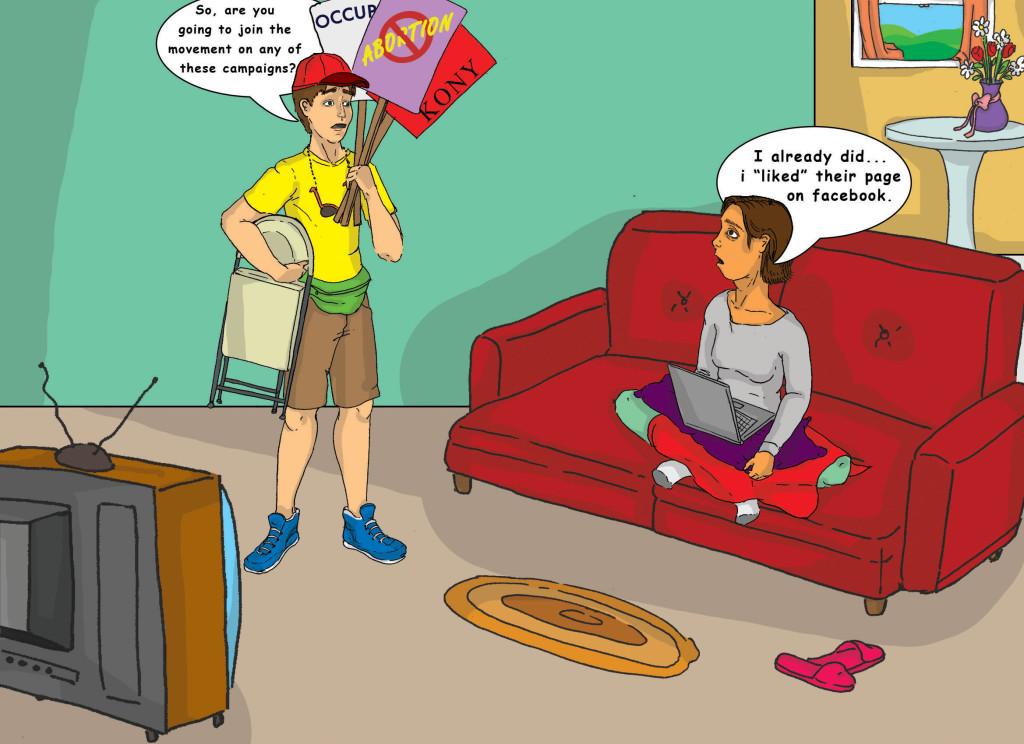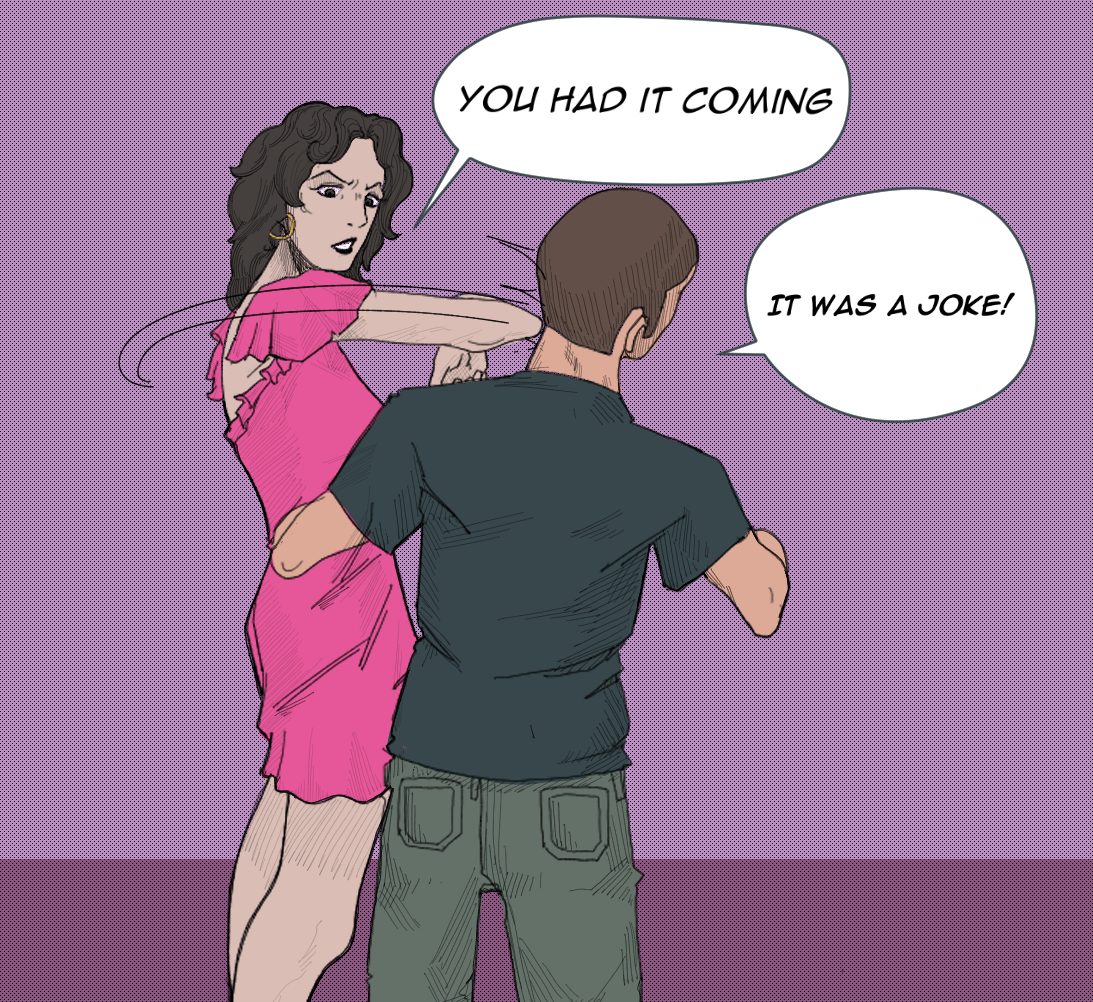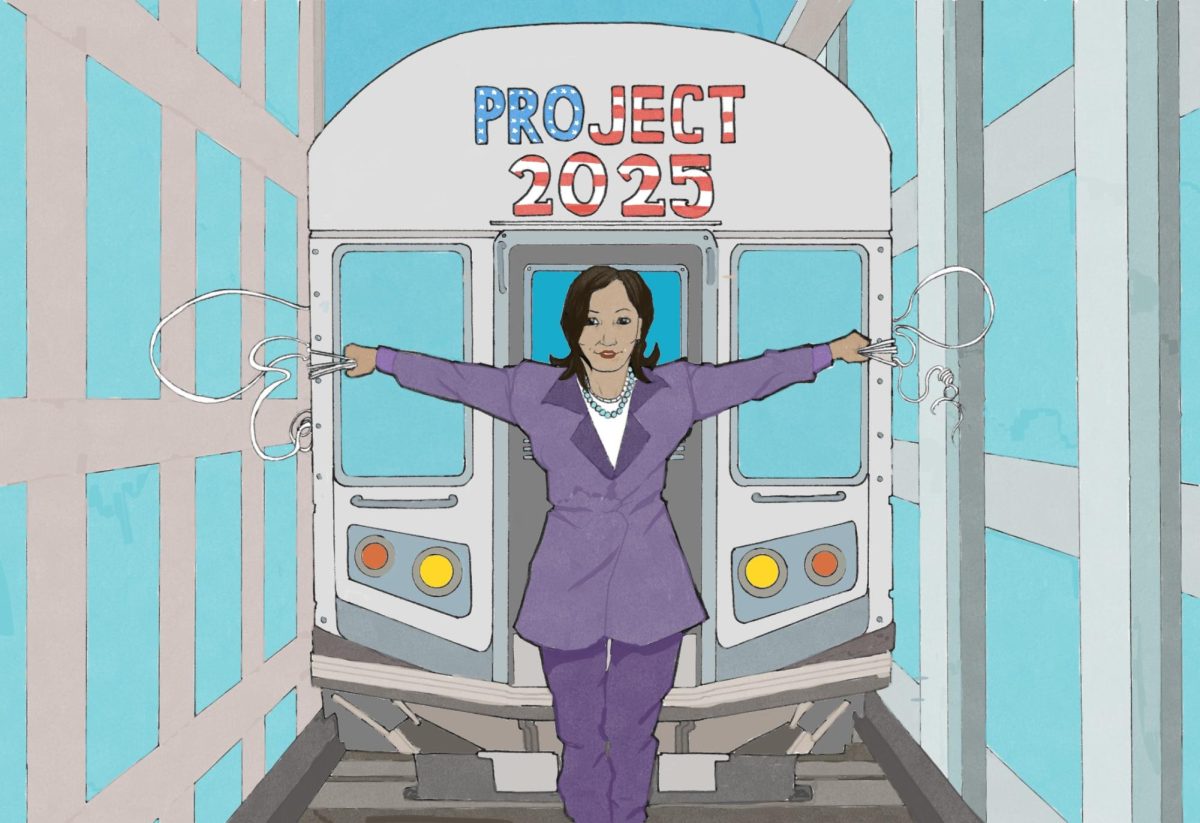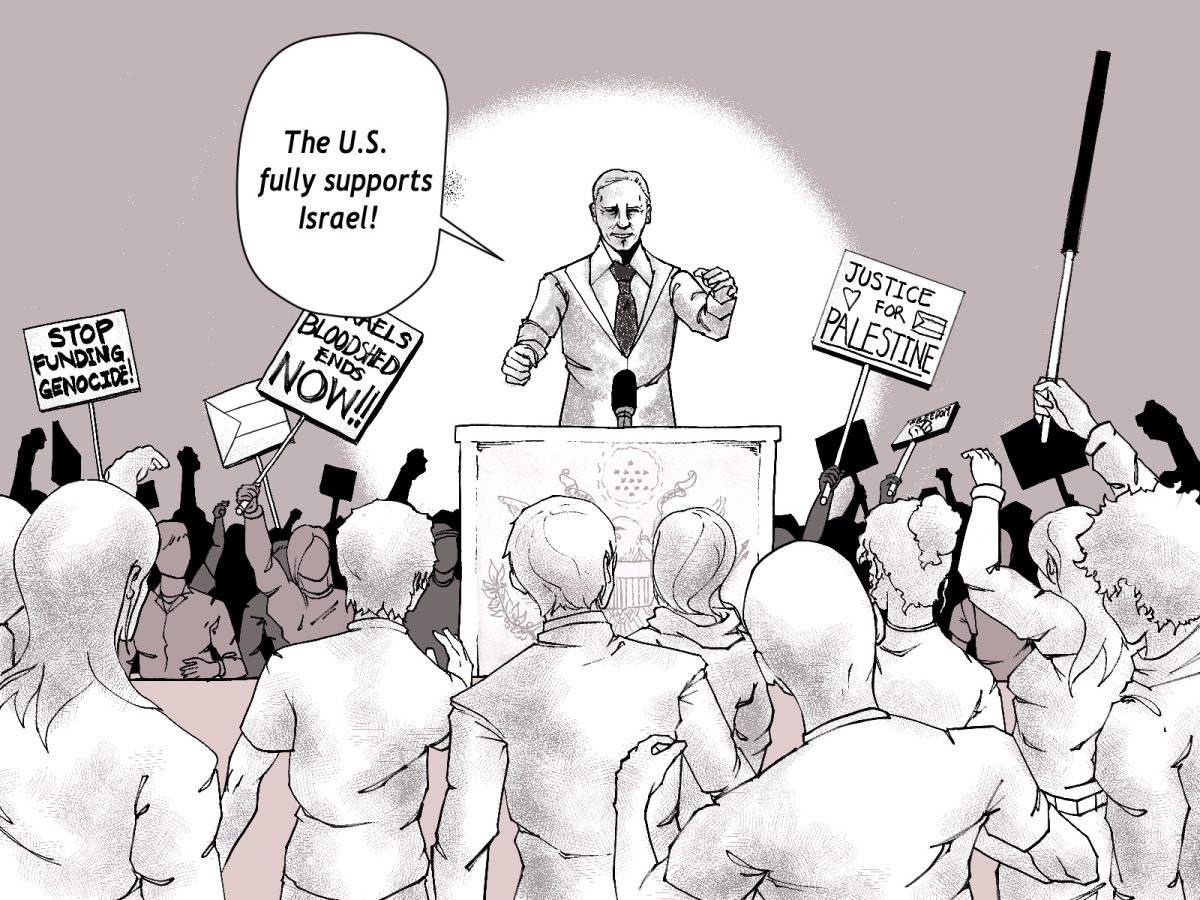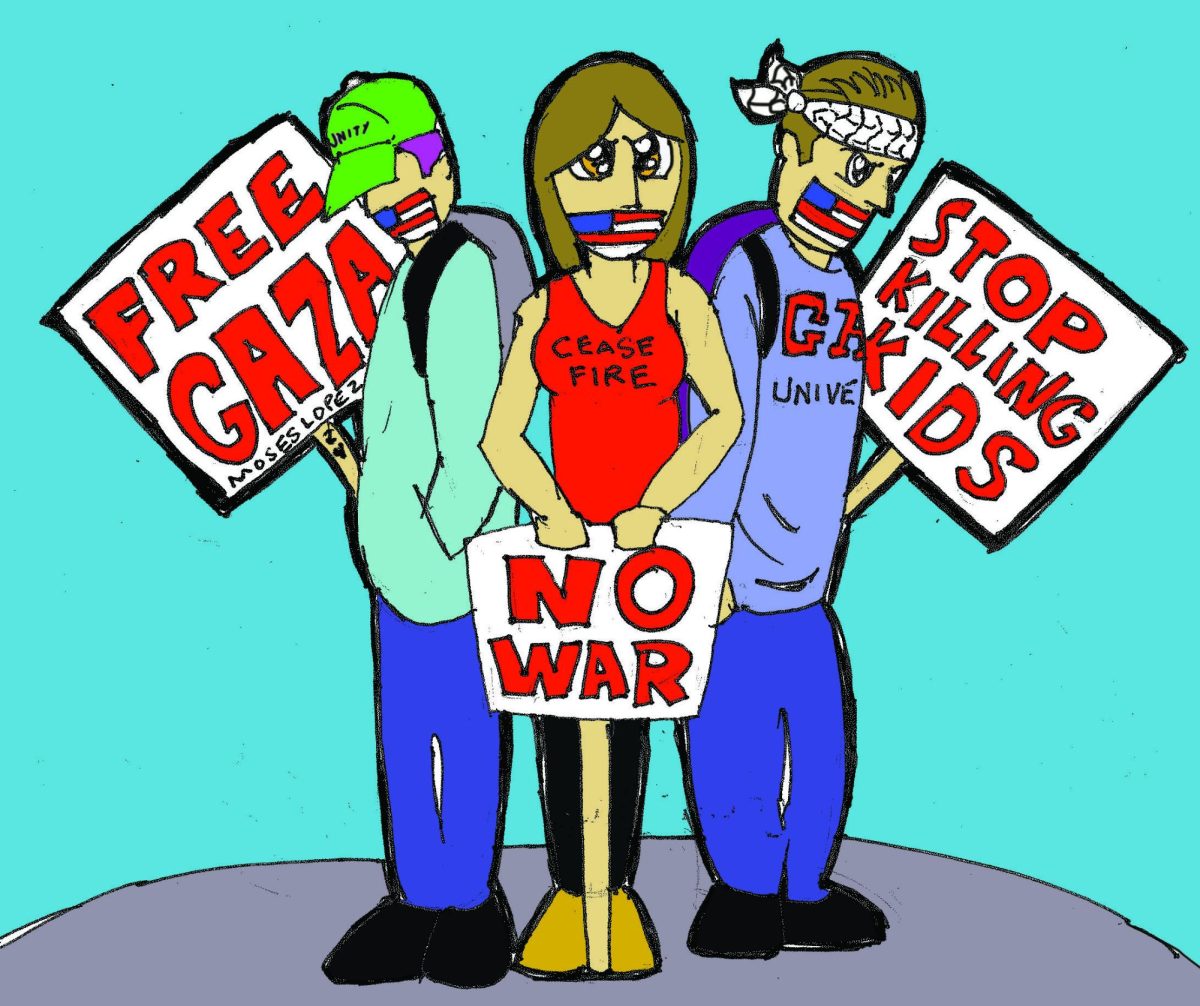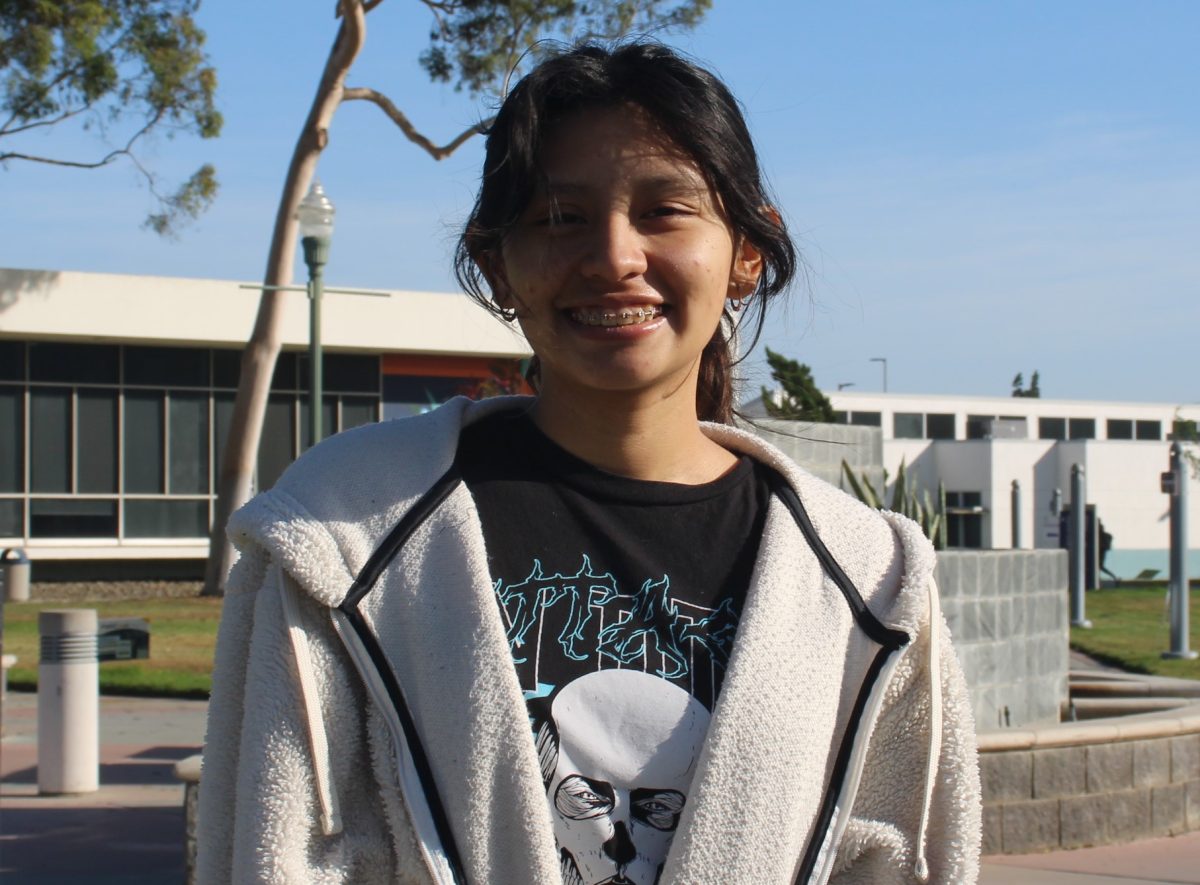In today’s age of technology, people have access to the world at the palm of their hands, not only giving them information but a voice to be heard world-wide with the click of a button.
However, new media outlets and technology such as social media sites are creating “computer activists,” uneducated people who feel like all they have to do is share a video and they’ve made a significant contribution to a cause.
Sharing a viral video is just the start, it can’t end there.
Donate money, join a protest, make Kony a celebrity, Cover the Night, join the conversation, make the government listen to the masses and make something happen because we all decided to stand together.
With news coming in as it happens, people tend to see more and want to take action as they are swept up by a whole new movement.
A recent movement to hit the masses is the Kony 2012 video.
Contrary to popular belief, the Kony 2012 movement has less to do with the subject matter and more to do with its message – get involved.
But is sharing and liking the video just a bunch of talk to make people look concerned about trending topics like the occupy movement or ending child prostitution, or is it the real deal?
Are people willing to go the whole nine yards to get something done about certain issues?
With social networking websites such as Twitter and Facebook, certain topics spread like wildfire and have friends sharing things faster than ever before.
This generation is one made of technology and fast moving media with ways to contact people all over the world in seconds, also making it part of computer activism.
Activism in the 1960s wasn’t to sit around and hope for the best to happen. People actually went out and held signs saying “Free Tibet” or “End the war in Vietnam.”
With new technology, people are becoming too lazy to go out and do something about it.
If technology were to be incorporated with going out and doing something, things would get accomplished.
A great example of technology and activism working hand at hand is the Arab spring where citizens in countries such as Egypt, Libya and Yemen and throughout the Middle East and Northern Africa were brought together by social networking sites and led to protests and uprisings.
We have a chance to shape history, to actually stand up and make the government listen to we the people.


